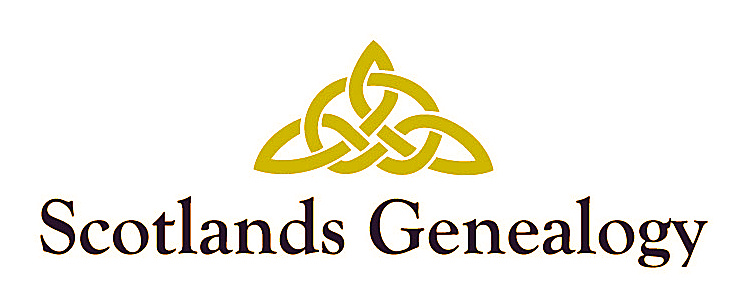In 1800 some four years after the death of Robert Burns,Gilbert along with their mother Agnes Broun and his large family,made their way to Morham West Mains in East Lothian to take up position of farm manager.After four years,he was appointed Factor of Lennoxlove Estate and to the tenancy of Grants Braes. They lived here for 23 years and the family attended the church at Bolton where he was instrumental as clerk of works in the construction of the present church (1809).
One son, Rev Dr Thomas Burns was one of the founders of the city of Dunedin in New Zealand in 1848 where a suburb Mosgiel commemorates the Burns connection with the farm of Mossgiel. A nephew Sir James Shaw,became Lord Mayor of London. The grave and locations commemorating the family if less well known than The Robert Burns Birthplace Museum www.burnsmuseum.org.uk are well cared for by East Lothian Council. While walking through the countryside surrounding Bolton one imagines that perhaps some things would still be familiar to Gilbert and Robert Burns
But pleasures are like poppies spread
You seize the flower it's bloom is shed....
Tam o'Shanter Robert Burns





